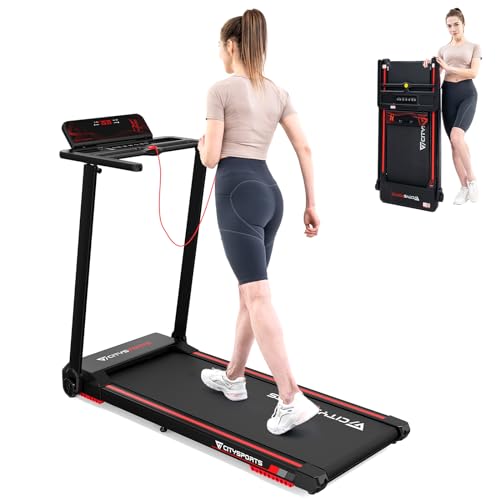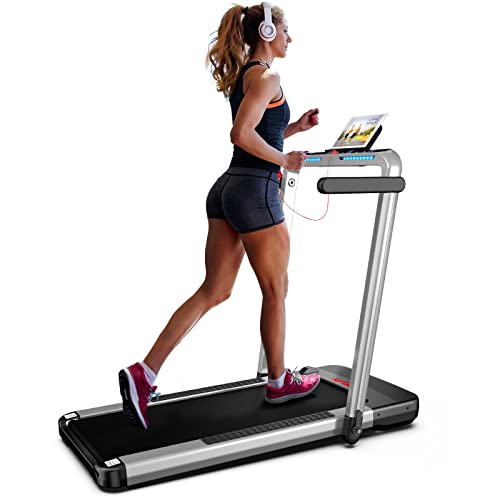
Treadmill Electric
Add a review FollowOverview
-
Founded Date May 14, 1971
-
Posted Jobs 0
-
Viewed 4
Company Description
The 12 Most Obnoxious Types Of Tweets You Follow
Treadmills: A Comprehensive Guide to Understanding Their Functionality, Benefits, and Appropriate Selection
Intro
Treadmills have actually ended up being a staple in modern physical fitness regimens, both in homes and gyms worldwide. They offer a convenient and effective method to keep cardiovascular health, increase endurance, and assist in weight management. This post explores the various types of treadmills, their benefits, features to consider when purchasing, and some FAQs to assist users in making notified decisions.

Types of Treadmills
When it concerns choosing a treadmill, it is crucial to understand the various types available in the market. Here are the main classifications:
1. Handbook Treadmills
- Mechanism: These treadmills have a simple design and depend on the user’s efforts to move the belt.
- Pros: More inexpensive, quieter operation, no electrical energy needed.
- Cons: Limited features, might not provide the exact same variety of workout intensity.
2. Motorized Treadmills
- System: Powered by a motor that drives the belt, allowing users to stroll or perform at a set speed.
- Pros: Greater variety of speeds and slopes, equipped with various functions such as heart rate monitors and exercise programs.
- Cons: More pricey and may require more upkeep.
3. Folding Treadmills
- System: Designed for those with minimal area, these treadmills can be folded for easy storage.
- Pros: Space-saving, frequently motorized, versatile functions.
- Cons: May be less durable than non-folding designs.
4. Industrial Treadmills
- System: High-quality machines created for usage in gyms and physical fitness centers.
- Pros: Built to stand up to heavy use, advanced functions, often include service warranties.
- Cons: Pricey and not perfect for home usage due to size.
5. Curved Treadmills
- System: A special style that enables users to move the belt using their own energy.
- Pros: Offers a more natural running experience, promotes much better running form.
- Cons: More pricey and can be noisier.
| Treadmill Type | Pros | Cons |
|---|---|---|
| Manual | Cost effective, no electricity required | Limited functions |
| Motorized | Variety of speeds, advanced features | Maintenance needed |
| Folding | Space-saving, frequently motorized | May lack resilience |
| Industrial | Constructed to last, professional-grade functions | Expensive |
| Curved | Natural running experience, promotes excellent type | Higher cost |
Benefits of Using Treadmills
Treadmills provide many benefits that can contribute to one’s total fitness objectives. A few of these advantages include:
- Convenient Workouts: Treadmills permit users to exercise inside your home regardless of climate condition.
- Cardiovascular Health: Regular use can enhance heart health by increasing endurance and promoting healthy flow.
- Weight Management: Effective for burning calories, which helps in weight reduction and management.
- Customizable Workouts: Users can manage speed, incline, and duration to produce customized exercise experiences.
- Security: Treadmills offer a foreseeable surface, minimizing the danger of falls compared to outdoor running.
- Multifunctional: Many treadmills come with features like heart rate screens, workout programs, and even entertainment systems.
Selecting the Right Treadmill
When picking a treadmill, possible purchasers must consider a number of crucial factors:
Features to Consider:
- Motor Power: Typically determined in horse power (HP), a motor strength of a minimum of 2.5 HP is recommended for severe runners.
- Belt Size: A longer and larger belt accommodates different stride lengths, offering convenience during exercises.
- Slope Settings: Adjustable incline features replicate outdoor hill running and can increase exercise strength.
- Weight Capacity: Ensure the treadmill can support the user’s weight for security and longevity.
- Console Features: Look for easy to use dashboards, workout programs, and Bluetooth compatibility for streaming music or other functions.
Budget Considerations
- Under ₤ 500: Entry-level manual treadmills appropriate for casual walkers.
- ₤ 500 – ₤ 1,500: Mid-range motorized treadmills that use more features and better toughness.
- ₤ 1,500 – ₤ 3,000: High-end designs with advanced technology, larger motors, and longer guarantees.
- Over ₤ 3,000: Commercial-grade treadmills ideal for regular use in gyms or training facilities.
Regularly Asked Questions (FAQs)
1. How frequently should I use a treadmill?
It is advised to use a treadmill a minimum of 3 to 5 times a week, incorporating numerous intensity levels for best outcomes.
2. Can I lose weight by using a treadmill?
Yes, constant use of a treadmill can add to weight-loss, especially when integrated with a balanced diet and strength training.
3. What is the very best speed to walk on a treadmill for beginners?
A speed of 3 to 4 miles per hour is an ideal range for newbies. It’s necessary to begin sluggish and slowly increase speed as comfort and endurance improve.
4. Do I need to use a treadmill if I currently run outdoors?
Utilizing a Treadmill Compact (Https://Nadusrealestate.Com/) can supply additional advantages, such as regulated environments and varied workouts (incline, intervals) that are not constantly possible outdoors.

5. How do I preserve my treadmill?
Routine upkeep includes oiling the belt, cleaning up the deck and console, and checking the motor for optimum efficiency.
Treadmills are vital tools for those seeking to enhance their fitness levels in a controlled and convenient way. With different types offered, comprehending their features and benefits is essential for making an informed purchase. By thinking about individual exercise needs, area availability, and spending plan constraints, people can discover the most suitable treadmill that fits their lifestyle. Incorporating treadmill workouts into a balanced fitness regimen can cause improved health outcomes and an enjoyable exercise experience.
